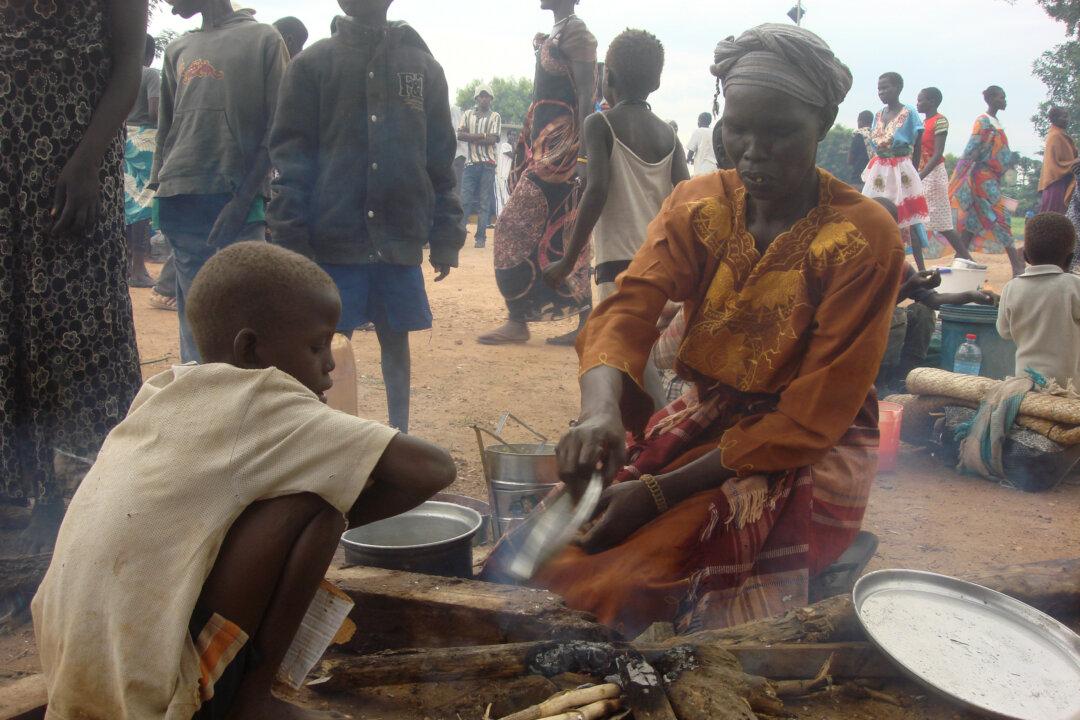Republican and Democrat politicians have one thing in common: they hardly mention the poor. Never mind that the poor are still an important component of today’s society. For all practical purposes, they are a neglected minority. Thus, President Barack Obama speaks about his push to secure “a better bargain for the middle class,” and House Speaker John Boehner states, “We cannot grow the middle class and foster job creation by growing government and raising taxes.” The poor have become a “dirty word” in American politics, although they are still part of Dr. Martin Luther King Jr.’s unfinished agenda.
Poverty in America is democratic. It shows no preference for race—anybody can be affected. Although racial and ethnic minorities are more likely to live in poverty, race disparities among the poor have narrowed significantly since the 1970s. Still, by race, non-whites have a higher risk, estimated at 90 percent, of being economically insecure.
In 2009, 47 million Americans depended on food banks, an increase of 30 percent above 2007 levels. Children living in households headed by single mothers are most likely to be affected. The District of Columbia, Oregon, Arizona, New Mexico, and Florida were the worst affected while the least affected were North Dakota, New Hampshire, Virginia, Minnesota, and Massachusetts.
A 2012 report by the United Nations Children’s Fund (UNICEF) revealed alarming child poverty rates in the United States, particularly when compared to other developed nations. For example, the United States ranks second highest among all measured countries with 23.1 percent of children living in poverty, just under Romania, with 25.6 percent.
Today, four out of five adults in the United States struggle to find jobs, are near poverty, or rely on welfare for at least part of their lives, and there is fear that the situation is going to get worse, at least for those in the lower echelons of the economic scale. The number of America’s poor remains at a record 46.2 million, or approximately 15 percent of the population, due in part to still-high unemployment levels. Despite their high numbers, they are sometimes called “the invisible poor” since they tend to live in small rural towns in America’s heartland, far away from politicians and government officials to see, or “feel their pain.”
According to the Agricultural and Development Economics Division of the Food and Agriculture Organization of the United Nations (FAO) “food security” refers to the availability of food and a person’s access to it. A household is considered food-secure when its occupants do not live in hunger or fear of starvation. Based on this criterion, 50.1 million Americans lived in food insecure households (33.5 million adults and 16.7 million children.)
“Economic insecurity” has been defined as a year or more of periodic lack of jobs, reliance on government assistance such as food stamps, or income below 150 percent of the poverty line. If current trends continue, by 2030, close to 85 percent of all working-class adults in the United States will experience bouts of economic insecurity, according to Mark Rank, a professor of social welfare at Washington University in St. Louis. In 2011, 4.8 million seniors (over age 60) were food insecure.
Poverty affects individuals’ access to quality education and quality health care. Low-income communities cannot afford the same quality of education as high-income communities. Females in poverty are more likely to become pregnant at younger ages, and have fewer resources to care for their children. Many among them end up dropping out of school.
The significant proportion of children living in food insecure households makes them more prone to have nutritional and other associated health problems. Poor children have higher infant mortality rates, more frequent and severe chronic diseases such as respiratory infections, less access to quality health care, lower immunization rates, and increased obesity and its complications. Is this the panorama we expect from the richest country in the world? Perhaps now is the time for our politicians to incorporate the word “poor” into their vocabulary.
Dr. César Chelala, an international public health consultant, is a co-winner of an Overseas Press Club of America award.




